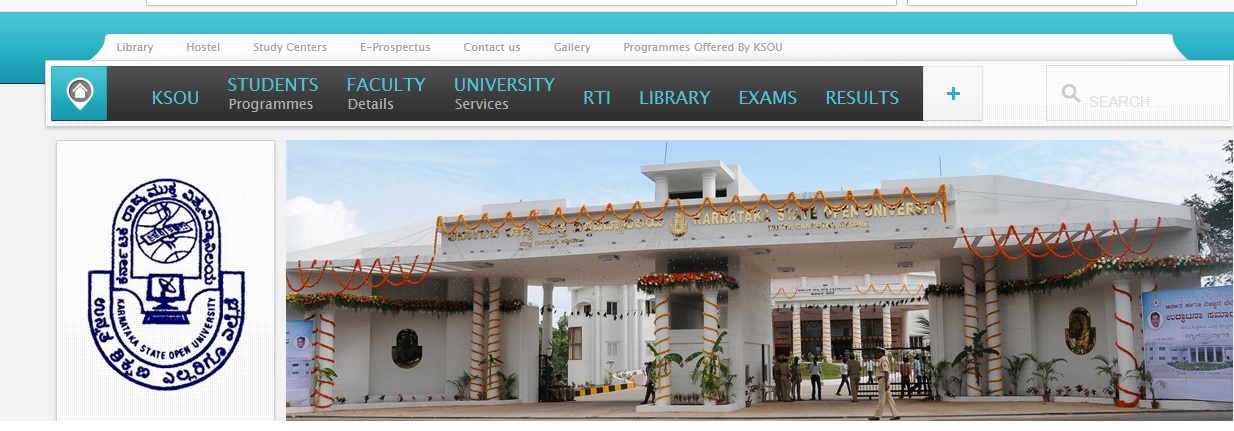Mapos13 Political Process In Indian Since 1950M.A Question Paper Model : ksoukarnataka.com
College : Karnataka State Open University
Degree : M.A
Department : Political Science
Year : I
Subject : Mapos13 Political Process In Indian Since 1950
Document type : Model Question Paper
Website : ksoukarnataka.com
Download Model/ Sample Question Papers :https://www.pdfquestion.in/uploads/ksoukarnataka.com/6498-MAPOS13%20-%20POLITICCAL%20PROCESS%20AND%20POLITICAL%20IN%20INDIAN%20SINCE%201950.docx
KSOU Political Process Model Question Paper
(I YEAR) (M.A_POLITICAL SCIENCE)
Mapos13
TIME : 03 HOURS
MAX.MARKS : 90
Related : Karnataka State Open University Mapos14 Major Issues In Indian Administration M.A Question Paper Model : www.pdfquestion.in/6497.html
Model Questions
GROUP A : Answer any three questions.
Q.1 What are the different steps in the evaluation process of Teacher Education? (15)
Q.2 Write a note on evaluation of student training. (15)
Q.3 What are the objectives of Teacher Education for the higher secondary and collegiate stage? (15)
Q.4 What are the different steps in the evaluation process of Teacher Education? (15)
Q.5 Write a note on evaluation of student training. (15)

GROUP B : Answer any three questions.
Q.6 “Human society has evolved through militant, industrial and ethical stages”. (10)
Q.7 What are the different techniques of Teacher Training? (10)
Q.8 What are the roles of SIERT & DIET in education system? (10)
Q.9 Define Bureaucracy and explain its characteristics. (10)
Q.10 Explain the views of Ralf Dahrendorf on Conflict. (10)
GROUP C : Answer any three questions.
Q.11 Give meaning and scope of Teacher Education in India. (05)
Q.12 Write a note on NCERT. (05)
Q.13 Importance of off campus teaching and learning. (05)
Q.14 Write a short note on Manchurian Crisis (05)
Q.15 Write a short note on Long March in China (05)
MPS13: Political Process 05)Politics in Indian
BLOCK 1: Introduction
UNIT 1:
The Constituent Assembly
1.0 Objectives
1.1 The Historical Background
1.1.1 Unity of Historical Retrospect
1.1.2 Government of India Act; 1858
1.1.3 Indian Council Act, 1861
1.1.4 Indian Council Act, 1892
1.1.5 Morley – Minto Reforms
1.1.6 Indian council
1.1.7 Government of India Act, 1935
1.1.8 Indian Independent Act, 1947
1.2 The Making of the constitution
1.2.1 Demand for Constitution framed by a Constituent Assembly
1.2.2 Constituent Assembly of India
1.2.3 Working of Constituent Assembly
1.2.4 Criticism of the Constituent Assembly
1.3 Let us Sum up
1.4 Key words
1.5 Suggested readings
1.6 Answer to Check your progress Exercise
UNIT 2:
The Philosophy of the Constitution
2.0 Objectives
2.1 Introduction
2.2 Philosophy of the Constitution
2.2.1 Independent and Sovereign
2.2.2 Republic
2.2.3 Sovereignty not inconsistent with membership of the Commonwealth
2.2.4 Promotion of International Peace
2.2.5 Democracy
2.2.6 Economic Justice
2.2.7 Social Justice
2.2.8 Liberty, equality and fraternity
2.2.9 From a Socialistic Pattern of Society to Socialism
2.2.10 42nd Amendment, 1976
2.2.11 Need for UNIT and Integrity of the Nation
2.2.12 A secular State, Guaranteeing Freedom of religion to all
2.2.13 Dignity of the Individual
2.2.14 Fundamental duties
2.3 Let us Sum up
2.4 Key words
2.5 Suggested readings
2.6 Answer to Check your progress Exercise
UNIT 3:
Outstanding feature of the Indian Constitution
3.0 Objectives
3.1 Introduction
3.2 Outstanding Features
3.2.1 A written constitution
3.2.2 The Longest known Constitution
3.2.3 Drawn from different sources
3.2.4 Batch Rigid and Flexible
3.2.5 Popular Sovereignty
3.2.6 Sovereign Democratic Republic
3.2.7 Secular State
3.2.8 Role of Conventions
3.2.9 Social Equality
3.2.10 Federal System with Unitary Bias
3.2.11 Parliamentary Government combined with an elected President at the Head
3.2.12 Compromise between Judicial Review & Parliamentary Supremacy Fundamental Right & Constitutional Remedies
3.2.13 Fundamental Rights subject to reasonable regulation by Legislature
3.2.14 Fundamental rights
3.2.15 Directive Principles of State Policy
3.2.16 Universal Franchise without communal Representation
3.2.17 Single Citizenship
3.2.18 Independence of Judiciary
3.2.19 Integration of Indian States
3.3 Criticisms of Indian Constitution
3.3.1 The elephantine size of the Constitution
3.3.2 Carbon copy of the Act of 1935
3.3.3 Paradise of the Lawyers
3.3.4 Un Gandhian Constitution
3.3.5 A borrowed Constitution
3.3.6 Centre has been made too strong
3.3.7 Un Indian
3.4 Let us Sum up
3.5 Key words
3.6 Suggested readings
3.7 Answer to Check your progress Exercise
UNIT 4 :
Reorganization of States
4.0 Objectives
4.1 Introduction
4.2 Demand for Re-organization of States
4.3 The States Recorganization Commission
4.3.1 Criticism of the SRC Report
4.4 The States Recognition Commission
4.5 The Creation of the State of Nagaland
4.6 Bifurcation of Punjab
4.7 Reorganization of Assam
4.8 Accession of Sikkim as the Twenty – Second State
4.9 Arunachal as the Twenty – forth State
4.10 Goa as the Twenty – fifth State
4.11 Chhattisgarh as the Twenty – sixth State
4.12 Uttaranchal as the Twenty – seven State
4.13 Jharkhand as the Twenty – eight State
4.14 Separate statehood Demand in other parts of India
4.15 Arguments in favour of Linguistic States.
4.15.1 Arguments against Linguistic States
4.16 Let us Sum up
4.17 Key words
4.18 Suggested readings
4.19 Answer to Check your progress Exercise